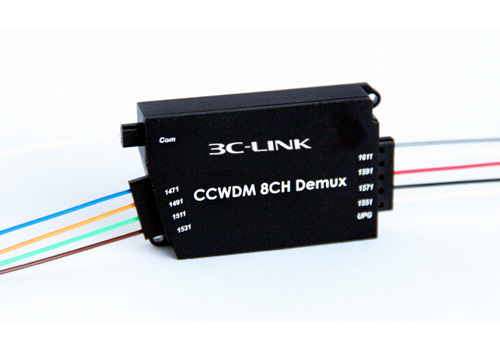COB, BOX and coaxial difference analysis
2024-12-30 13:47:06
In the field of optical communication, the packaging of optical devices plays a crucial role in the performance and application of optical modules. Common optical device packaging methods include COB (chip-on-board packaging), BOX and coaxial packaging. Today, we will discuss the differences between them to help you better understand their characteristics and application scenarios.
I. COB package
COB package, that is, the laser chip is directly mounted on the PCB circuit board, this package not only saves PCB area, but also builds a shorter interconnection path, which improves the overall performance.COB package has the following characteristics:


1.
Miniaturization and light weight: Since the chip is mounted directly on the PCB, the package size and weight can be significantly reduced.
2.
Low cost: Compared to other packaging methods, COB packaging has a lower manufacturing cost and is suitable for mass production.
3.
Application Scenario: Widely used in data centers, high-performance computing networks, campus networks and other short-distance application environments.
However, it should be noted that since COB packaged optical modules have certain requirements for environmental stability, it is not recommended that be used in unstable or industrial temperature environments.
II. BOX Package
BOX packages, also known as hermetic packages, encapsulate optical devices in a metal box filled with an inert gas to protect the optics from the external environment and enhance heat dissipation.BOX packages have the following characteristics:

1.
High reliability: Due to the independent encapsulated box, the internal optical devices are well protected against the interference of the external environment, such as dust, moisture and so on. In some industrial grade or outdoor communication equipments, BOX packaged optical modules can operate stably and guarantee smooth communication.
2.
Stability: Provides more stable optical and electrical performance for environments with large fluctuations in temperature and humidity.
3.
Easy to maintain: Since the components are not on the PCB, it is easier to test, maintain and replace them.
4.
Good Heat Dissipation: Usually contains heat sinks or thermal pads to effectively dissipate heat and keep components at optimal operating temperatures.
5.
Application Scenario: BOX packaged optical modules are suitable for harsh environments, such as high and low temperature environments, telecommunication environments without monitoring equipment, etc. due to their high reliability and low power consumption.
6. BOX packages are very common in carrier-grade optical modules and are also suitable for applications such as 100G telecom, data centers, high-performance computing networks, and campus networks.
III. Coaxial package (TO-CAN)
The housing of coaxial packages is usually cylindrical, and it is the use of coaxial structure to realize the transmission and connection of optical signals. Coaxial packages have the following characteristics:

1.
High-frequency performance: coaxial structure can effectively reduce the loss and interference in the signal transmission process, especially suitable for high-frequency signal transmission.
2.
Small size: suitable for space-constrained applications.
3.
Low cost: simple process, low manufacturing cost.
4.
Application Scenario: Coaxial encapsulated optical modules are widely used in 25G and below, and are also suitable for other rates that require high reliability and stability.
Due to its good hermetic performance and stability, coaxially encapsulated optical modules play an important role in communication networks.





